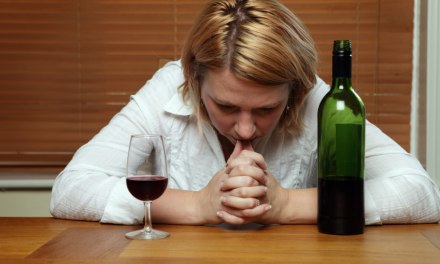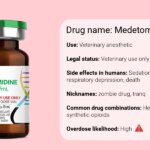Over the years, I’ve found myself involved with several different programs that set out to provide services for addicted mothers and their minor children. The majority of these were small residential facilities, along the lines of a halfway house, but with supplemental child care.
None of them were as ambitious as the efforts taking place in Cecil County, Maryland. Here’s a link:
These kids have never done drugs. They’re still being treated for addiction.
This brings us to the subject of generational addiction, a term used to describe a pattern of substance abuse that stretches across multiple generations of the same family, in a form that’s severe enough to adversely affect the lives of everyone close, particularly children.
The roots of this phenomenon are believed to be varied and complex. Genetics appear to play a role, of course; so do environmental factors, including trauma — something that often haunts such families.
Generational addiction can even damage whole communities. There’s an example not far from where I live, in the town of Espanola, New Mexico. Just last year, the The LA Times did a long feature on their struggles:
Can this town save itself from fentanyl addiction? The race to turn around a threatened community
As the articles suggest, generational addiction means that prevention and treatment must go beyond the “identified patient(s)” to address a wide range of impacts on others, particular children, including where addictive attitudes and behavior have been normalized within the family unit.
An example: the counselor who related a story from his own childhood. Among his family tasks was to inject his mother with heroin when she was too weak or sick to do it herself.
“I could see what the drugs were doing to her,” he explained. “But I was completely in the dark as to the damage it was doing to me.”













